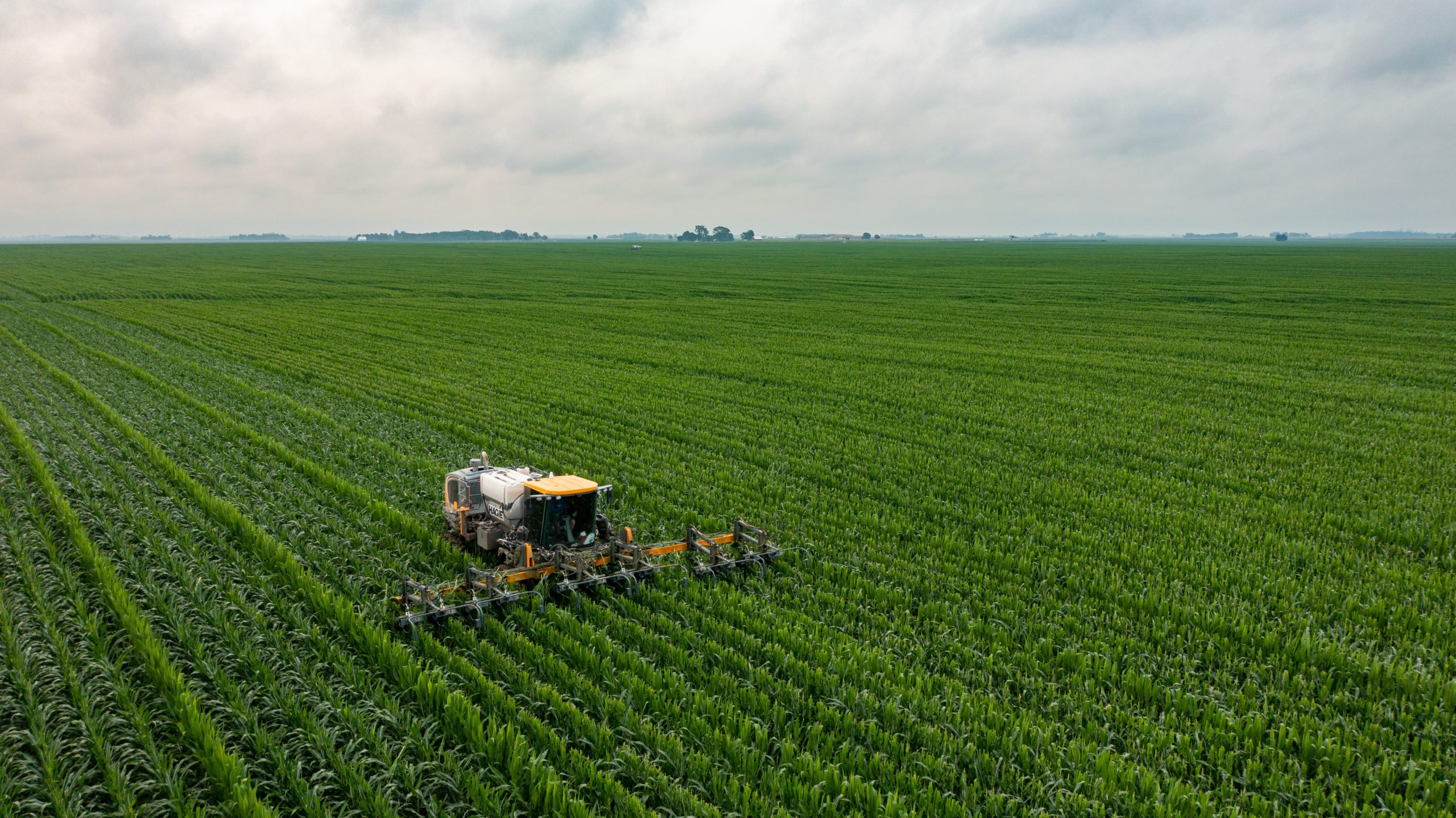Carbon Dioxide Removals
Scaling a diverse, responsible carbon dioxide removal ecosystem that benefits communities to reach net zero by 2050
 ×
×
It excludes emissions reductions activities, such as carbon capture utilisation or storage (CCUS) technology that operates at point of source, capturing emissions from flue or smokestacks. This is an emissions reduction, as opposed to a removal, as it is reducing the amount of emissions that would have been emitted into the atmosphere rather than removing emissions that are already in the atmosphere.
Any utilisation of the carbon dioxide that would allow for it to be re-emitted is also not classed as a carbon dioxide removal. Nor is carbon removed by natural sinks, such as healthy, functioning rainforests, seagrass meadows and other ecosystems that exist without human intervention or aid. However, any human-led activities to restore or expand these ecosystems would qualify as carbon dioxide removal.
What do we mean by carbon dioxide being stored for at least 100 years?
There are dozens of ways to remove carbon, from restoring ecosystems to speeding up the rate of the natural weathering of rocks (known as enhanced weathering). Different carbon removal solutions store carbon for different amounts of time. The amount of time that carbon dioxide stays locked away, as well as the risk of reversal (i.e. re-released into the atmosphere) is known as durability. Lower durability removals store carbon for decades to centuries. Higher durability removals, or longer term storage, can be expected to remain for at least 100 years, but up to 10,000 years or longer, depending on the method. See Box 8, Figure 1 from the IPCC WGIII report for examples of different methods and how they fit according to removal process and storage timescales.
For example, the carbon dioxide stored in the woody biomass of trees can be re-released into the atmosphere if those trees naturally decompose at the end of their life or prematurely burn in a forest fire. As such, the removal from afforestation or reforestation can last from 5 years to 500 years (depending on the longevity of the trees). Although these removals solutions are commonly described as ‘lower durability’ or less than 100 years.
This is important because the amount of time that carbon dioxide stays out of the atmosphere has an impact on climate change and keeping to the goals of the Paris Agreement.
Box 8, Figure 1: categorises carbon dioxide removals methods based on the removal process and the storage medium. Note that specific land-based implementation options can be associated with several CDR methods – for example, agroforestry can support soil carbon sequestration and provide biomass for biochar or BECCS.
Why Carbon Dioxide Removals?
To deliver a resilient, safe climate we must reduce carbon dioxide emissions by at least 50% by 2030, reach net-zero emissions by 2050 and stay at net-negative emissions throughout the second half of the century.
The science is clear. All IPCC modelled pathways that keep warming below the Paris Agreement threshold of 2°C, or preferably 1.5°C, require emission reductions and the safe removal and storage of CO2 from the atmosphere.
We cannot be deforesting with one hand and reforesting with the other. This does not shift the overall carbon balance in the right direction. To achieve our Paris-aligned goals, we must be reducing our emissions as fast as possible across all sectors while increasing our global capacity to remove past emissions from the atmosphere. These activities are complimentary; they cannot be substituted one for the other.
By 2050, the IPCC estimates that we will need to remove up to 6 billion tonnes of CO2 per year through net removal on managed land (including afforestation and reforestation) and approximately another 3 billion tonnes per year through solutions such as DACCS and BECCS. In 2020 we emitted ~37 billion tonnes of CO2. We currently remove just a few million tonnes of CO2 per year.
Fortunately, many scalable carbon dioxide removal methods already exist, such as mangrove restoration, direct air capture and storage, enhanced weathering and reforestation. However, it is not only about developing and scaling our removals capacity but how we do it. This is where the ‘responsible’* part comes in.
*“accounting for societal values and interests in relation to which carbon dioxide removal approaches to incentivize, how they should be incentivized, and how they should be governed once incentivized.”
How to do carbon dioxide removals right
“Developing CDR capacity is not a matter of simply selecting the technologies that look best when viewed through a science-informed lens. Rather, how we develop CDR matters. It matters whether these approaches take place in disadvantaged communities without offering benefit, or whether they are designed in ways that offer communities good employment and revenue. It matters whether they decrease biodiversity or restore it. It matters whether polluters are paying for it, or if those who can least afford it are bearing the cost. These are choices.” – CDR Primer, 2021
Removals must support the goals of communities beyond simply reaching our 2030 targets; restoring health, providing economic vitality, regenerating ecosystems, promoting social and environmental justice whilst increasing our resilience to the effects of climate change. It is important that we see a just, equitable, managed and financed scaling of the carbon dioxide removals ecosystem.
 ×
×
2030 breakthroughs are ambitious goals to help the sector align around a shared vision whilst clarifying how each actor’s efforts contribute to the whole. Having clear, shared goals means everyone gains greater confidence. It becomes easier to create new, innovative carbon dioxide removal solutions, when there are clear signals of demand from consumers, supporting policies in place, financial support from investors and encouragement from civil society. Systemic change is not linear, but rather tends to be exponential, meaning that by the time we hit our 2030 breakthrough, the rate of growth is accelerating, and our net zero goals are in sight.
Why 3.5 Billion tonnes per year?
The challenge to scale carbon dioxide removals is vast. We need to increase our global carbon dioxide removal capacity from several million today to the multi gigatonne scale by 2030. 2030 targets for carbon dioxide removals deployment range from 2 to over 5 billion tonnes per year across a range of methods. These are largely based upon in depth research by Fuss et al (2018), Griscom et al (2017), Roe et al (2019, 2021) and others. While there is a range in the targets themselves it is clear that the step up is significant and will require exponential growth in a short space of time.
For example, 2030 targets have been set by World Resources Institute (~2 billion tonnes per year), Exponential Roadmap (5.4 billion tonnes per year, only using natural climate solutions), Energy Transitions Commission (3.6 billion tonnes per year), Speed and Scale (4 billion tonnes per year), the Global EverGreening Alliance (~5 billions tonnes per year, only using natural climate solutions), Mission Innovation (100 million tonnes per year, only for solutions with 100+ years of carbon storage) and others. These estimates differ according to what is considered feasible in different regions and under different economic, social and environmental contexts or assumptions.
Through in depth consultation with experts and based upon the latest available research, the 2030 breakthrough is estimated to be a sufficiently ambitious, yet practically achievable target for the global carbon dioxide removals ecosystem.
Given the fast development of this sector, and the continuing research and development in carbon dioxide removal solutions it is likely that we will find increasing clarity on 2030 targets and estimates.
Why 3 billion tonnes per year of CO2 removal that can be stored for decades to centuries?
Removals with storage of decades to centuries are generally cost-effective (no more than $100 per tonne) and ready for deployment at large scale, given the right incentives. The annual sequestration flow for methods such as afforestation and ecosystem restoration accumulate gradually, eventually stabilising. As such it is imperative to grow these carbon dioxide removal methods now to maximise sequestration potential. Furthermore, these removal solutions have the capacity to provide significant benefits to local regions and communities. For example, mangrove restoration can increase the resilience of coastal areas to extreme weather events whilst providing much-needed habitats for marine animals (improving biodiversity and fisheries yields). Maximum deployment now will see us capturing as many benefits as possible.
Why an additional 500 million tonnes of removals that can be stored for centuries to millennia?
Carbon Dioxide Removal solutions that ensure that carbon is locked in for at least 100 years and up to 10,000 years tend to be more costly and at an earlier stage of deployment whilst still offering benefits such as skills development, jobs, and the catalysation of new renewable energy capacity. For a full description of storage times and durability, see the box on ‘what is carbon removal, why do it and how to do it right?’
To reach these numbers, we will need to employ an exponential mindset. How many times do we need to double our current carbon dioxide removal capacity to reach our 2030 breakthrough?
Purchases of higher durability carbon dioxide removals have doubled 19 times from near zero in 2020 to over 500,000 tonnes in 2022 (5% of which have been delivered). To reach 500 million tonnes by 2030, we will need to double our high durability removals capacity another 10 times, in 7 years, whilst ensuring the delivery of current and future purchases.
The 2030 Breakthroughs are derived from the Climate Action Pathways, a set of comprehensive roadmaps to achieve the Paris Agreement in line with 1.5°C across all Sectors. These were developed by the UN Climate Change High-Level Champions and the Marrakech Partnership – a vast coalition from across the climate action ecosystem.